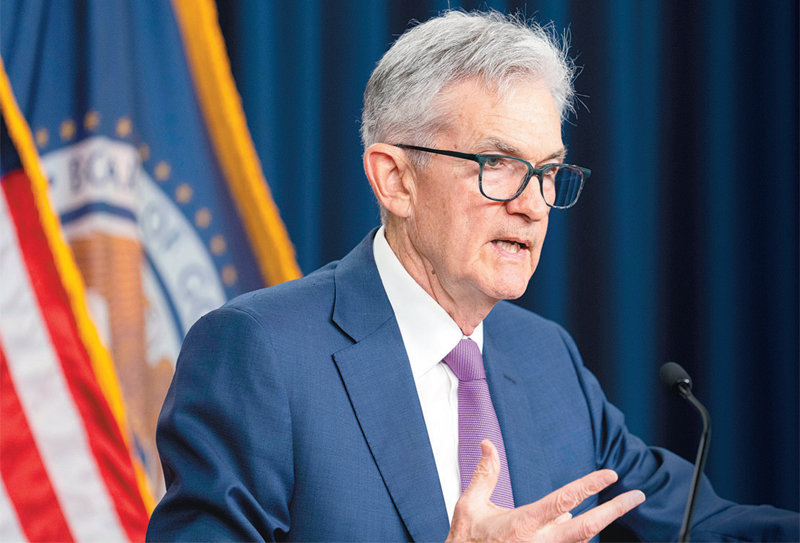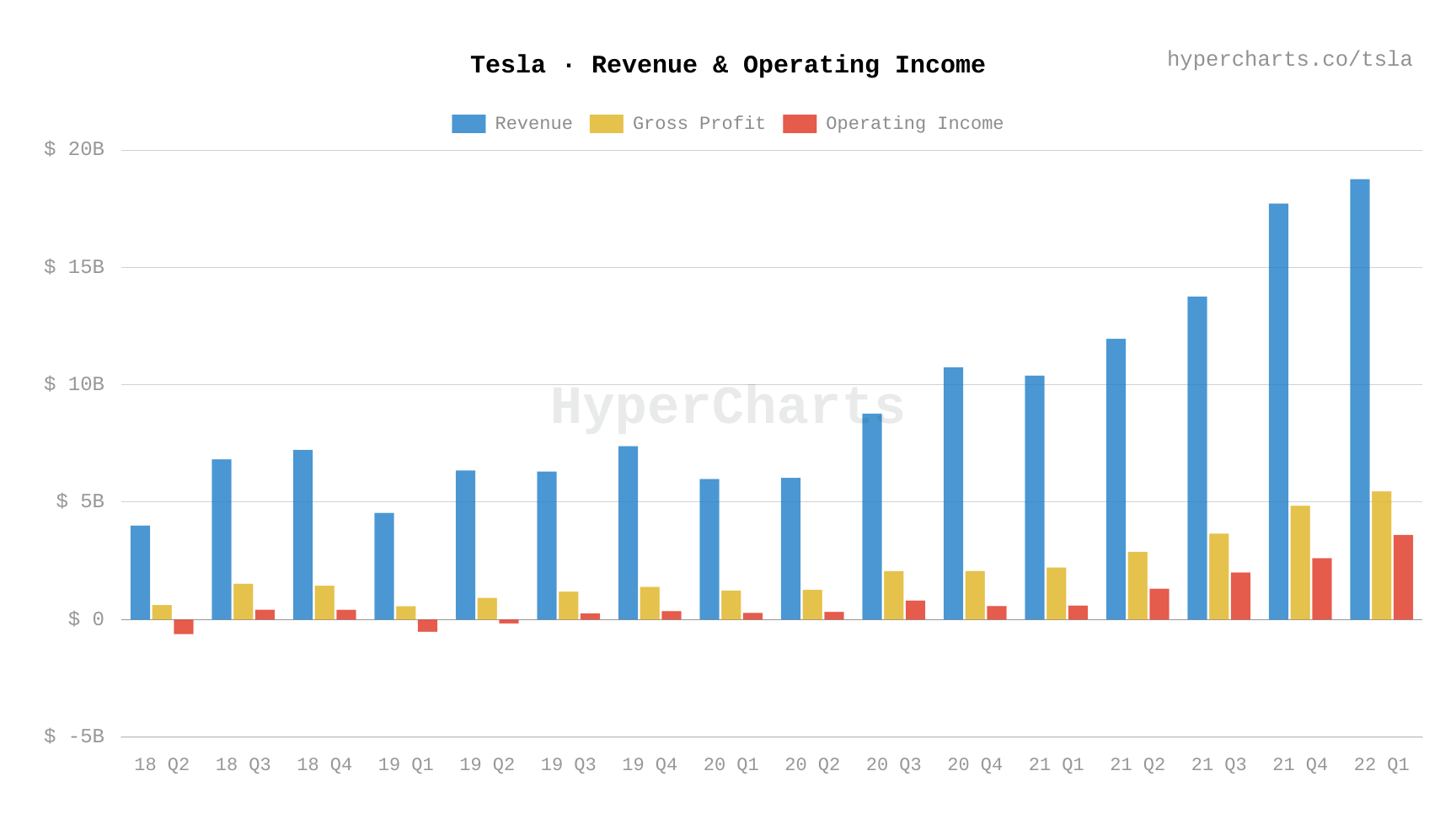U.S. Federal Reserve Holds Steady: Rate Pause Amidst Growing Economic Pressures

Table of Contents
The Rationale Behind the Fed's Rate Pause
The Federal Reserve's decision to pause interest rate hikes stems from a careful assessment of the current economic landscape. While inflation remains above the Fed's target of 2%, recent data suggests a slight cooling. This deceleration, however, is not uniform across all sectors, and the Fed is keenly aware that premature easing could reignite inflationary pressures. The recent economic data reveals a mixed bag. GDP growth has shown signs of slowing, and while the labor market remains remarkably strong, there are hints of potential weakening. Consumer spending, a significant driver of economic growth, is also exhibiting signs of moderation.
The Fed's assessment of risks associated with further rate hikes is paramount. Raising interest rates too aggressively could trigger a sharper-than-anticipated economic slowdown, potentially leading to a recession. Conversely, insufficient tightening could allow inflation to become entrenched, requiring even more drastic measures in the future. The Fed's challenge is to find the optimal balance between curbing inflation and supporting sustainable economic growth.
- Inflation cooling slightly, but remaining above target. The rate of inflation is decreasing, but still significantly higher than the Fed's long-term objective.
- Strong labor market, but signs of potential slowdown. Employment numbers remain strong, but there are indications that the labor market may be beginning to cool.
- Concerns about potential recessionary pressures. The risk of a recession looms large, influenced by factors like reduced consumer spending and decreasing business investment.
- Balancing the need to curb inflation with supporting economic growth. The Fed's primary mandate is to balance stable prices and maximum employment; this requires a delicate approach to monetary policy.
Impact of the Rate Pause on the U.S. Economy
The Fed's rate pause will have significant repercussions across various sectors of the U.S. economy. For consumers, it could mean some stabilization in borrowing costs for mortgages, auto loans, and other consumer credit products. Businesses may also find it slightly easier to access credit, potentially boosting investment activity. However, the extent of this impact will vary depending on the actions of individual lenders.
The housing market, particularly sensitive to interest rate changes, could experience a period of relative calm after a period of significant volatility. The pause might encourage some sidelined buyers to re-enter the market, while sellers might adjust their expectations in response to a less aggressive rate environment. Investment activity across various asset classes will also be affected. Lower borrowing costs could stimulate investment in businesses, but uncertainty regarding future interest rate movements could temper this effect.
- Mortgage rates and consumer loan interest rates potentially stabilize. The pause provides short-term relief, but rates remain high compared to historical averages.
- Business investment decisions could be influenced by the pause. The pause provides some breathing room for businesses grappling with higher borrowing costs.
- Effect on consumer spending and overall economic growth. Consumer confidence plays a major role in driving economic growth; this pause could influence both positively and negatively.
- Potential impact on the dollar's exchange rate. Changes in U.S. interest rates have global implications and affect the value of the dollar relative to other currencies.
Looking Ahead: Future Monetary Policy Decisions by the Federal Reserve
The Federal Reserve's future monetary policy decisions will be heavily influenced by incoming economic data. Upcoming inflation reports, employment figures, and measures of consumer spending will be crucial in shaping the Fed's outlook. Any unexpected economic shocks, such as further geopolitical instability or supply chain disruptions, could also alter the course of monetary policy.
Several scenarios are possible. The Fed could resume raising interest rates if inflation proves more persistent than anticipated. Conversely, if economic growth slows significantly, they might opt for further rate pauses or even rate cuts. The possibility of a continued pause, maintaining the current interest rate level, also remains a real possibility. Global economic factors will also play a significant role. Developments in other major economies, particularly those closely linked to the U.S., will inevitably impact the Fed's decisions.
- Upcoming inflation reports and economic indicators. These provide crucial real-time data that the Fed will carefully evaluate.
- Potential geopolitical events and their impact. Unforeseen global events can have significant effects on inflation and the economy.
- The Fed's commitment to price stability and full employment. The Fed's mandate is a core principle that guides its decisions.
- Forecasts and predictions from economic analysts. These provide valuable context and alternative perspectives.
Uncertainty and the Path Forward for the U.S. Economy
Economic forecasting is inherently uncertain. The Fed's decision-making process accounts for this inherent uncertainty; they analyze a wide array of data to make the best possible decisions in a complex and ever-changing environment. Unexpected economic shocks – from unexpected surges in energy prices to unforeseen global crises – can significantly alter the economic outlook and necessitate adjustments in monetary policy. The importance of closely monitoring economic data, particularly inflation and employment figures, cannot be overstated. These data points offer critical insights into the future trajectory of the U.S. economy and provide clues about the likely direction of interest rates.
The Federal Reserve's Rate Pause: Implications and Next Steps
In summary, the Federal Reserve's decision to pause interest rate hikes reflects a cautious approach to navigating complex economic headwinds. The pause offers potential benefits, such as stabilized borrowing costs and a potential easing of pressure in the housing market. However, significant uncertainties remain about future inflation trends and the overall path of the U.S. economy. The Fed's actions will continue to shape the economic landscape, and their future decisions will depend heavily on incoming economic data and unforeseen events. The ongoing need to monitor key economic indicators and the Federal Reserve's pronouncements is critical for understanding the evolving economic pressures impacting the U.S. Stay informed about future Federal Reserve decisions and developments regarding interest rates and monetary policy by subscribing to reputable financial news sources and newsletters. Understanding the intricacies of Federal Reserve policy and its impact on your finances is essential in today's dynamic economic climate.

Featured Posts
-
 Wynne Evans Responds To Allegations I Promise I Have Done Nothing Wrong
May 10, 2025
Wynne Evans Responds To Allegations I Promise I Have Done Nothing Wrong
May 10, 2025 -
 Palantirs Q1 2024 Results A Deep Dive Into Government And Commercial Business Trends
May 10, 2025
Palantirs Q1 2024 Results A Deep Dive Into Government And Commercial Business Trends
May 10, 2025 -
 Madhyamik Result 2025 Merit List And Toppers
May 10, 2025
Madhyamik Result 2025 Merit List And Toppers
May 10, 2025 -
 Elizabeth Stewart And Lilysilk Partner For Stunning Spring Collection
May 10, 2025
Elizabeth Stewart And Lilysilk Partner For Stunning Spring Collection
May 10, 2025 -
 Choking Hazard Toddlers Near Fatal Tomato Incident And Police Intervention
May 10, 2025
Choking Hazard Toddlers Near Fatal Tomato Incident And Police Intervention
May 10, 2025
